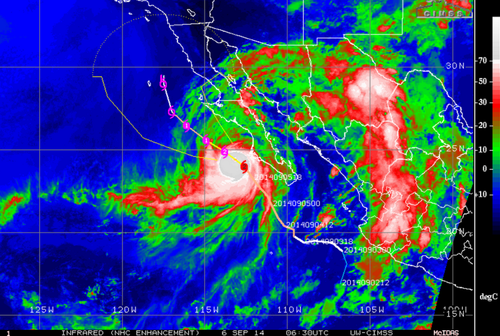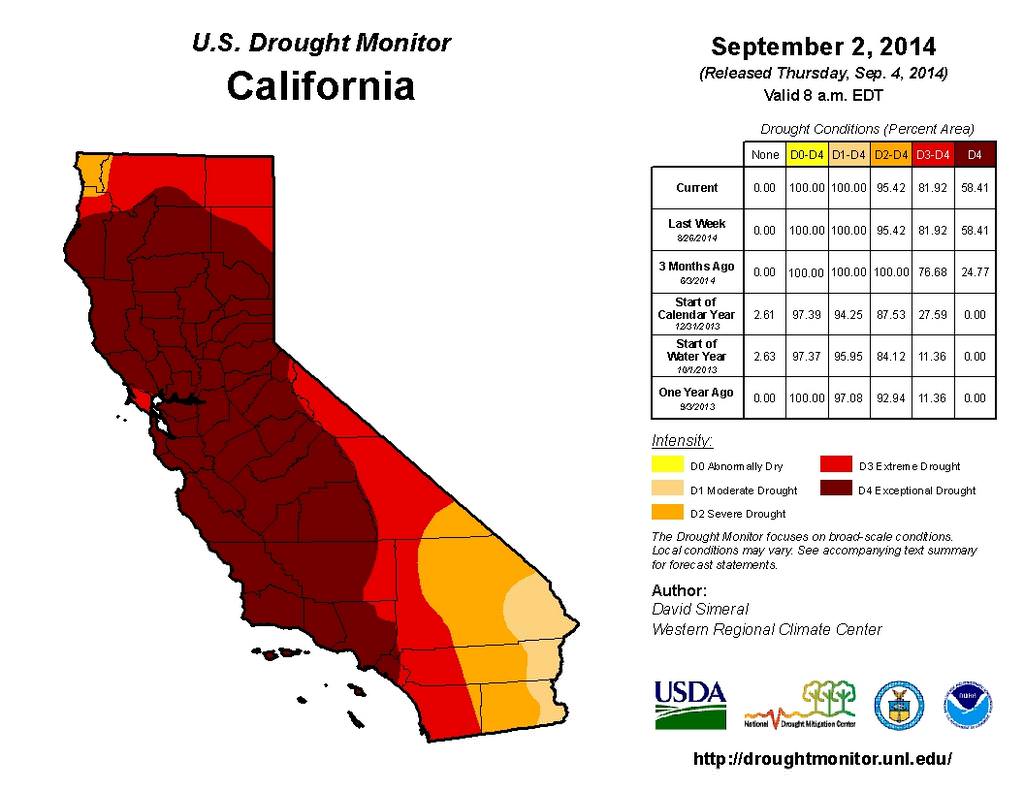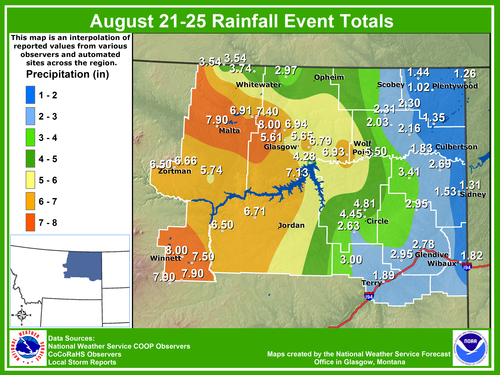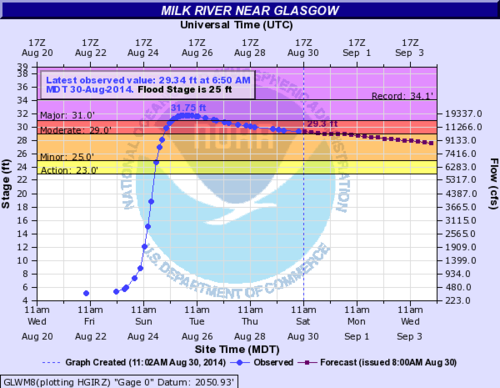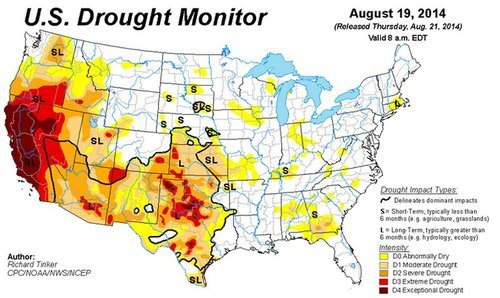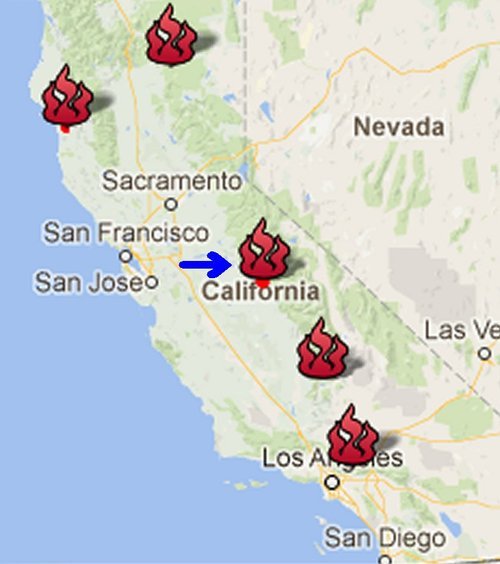Severe Flooding in Northern India and Pakistan
Flooding has been the story for both last weekend and this week as heavy monsoonal rains fell across northern India and Pakistan, having its strongest impact in the Kashmir, Jammu provinces and Jhang district. In this case, the heavy monsoonal rains were caused by very moist air advecting in from the Bay of Bengal due to a low pressure system located in northern India. This moist air was then lifted as it interacted with the rugged terrain of northern India and fell as heavy rain. Satellite estimates show that over 350mm fell in the hardest hit areas in a 7 day period, resulting in rivers overflowing their banks and putting residents at risk.
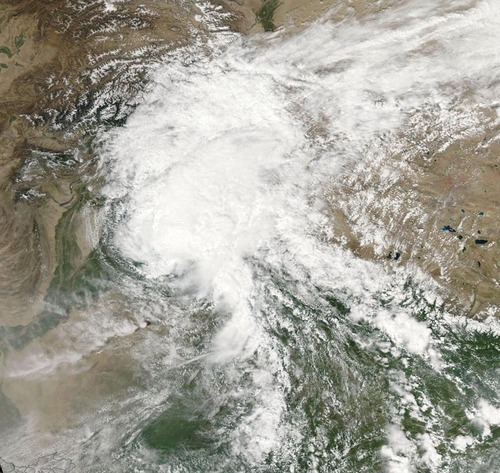
According to news outlets, 5,000 rescues had to be executed in the flooded region as people scrambled to higher ground. When floodwaters will have receded damages will be significant; about 980 villages in the region have seen flooding problems. On Friday night it was reported that 461 people have died due to the flooding with 600 more injured. Some 60,000 residents continue to evacuate to higher ground, not only in concern of flooding waters but also infrastructure being washed out leading to significant transportation problems for food and clean water. In developing countries the residents are typically affected by not only the initial disaster, but also the aftermath of the disaster. This is the case here as water borne diseases are of great concern to officials and will be a true threat to some residents as floodwaters recede. It’s estimated that over one million people have already been affected by this disaster.
In other news several tropical disturbances have formed in the Atlantic, including a tropical storm in the mid-Atlantic. These should be watched in the next few days, however, there is fairly strong shear in the region currently which is causing problems for these storms to develop further.
